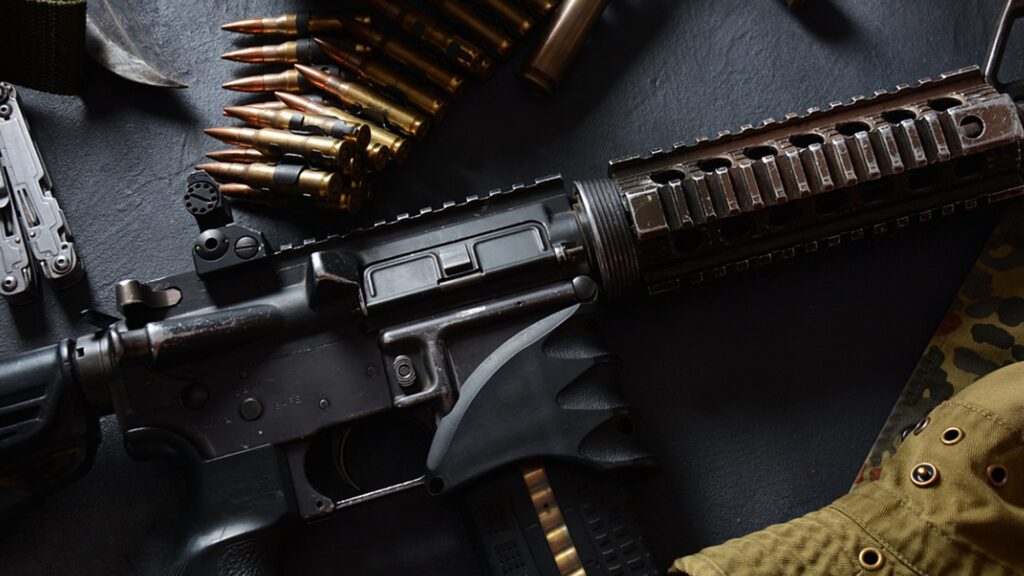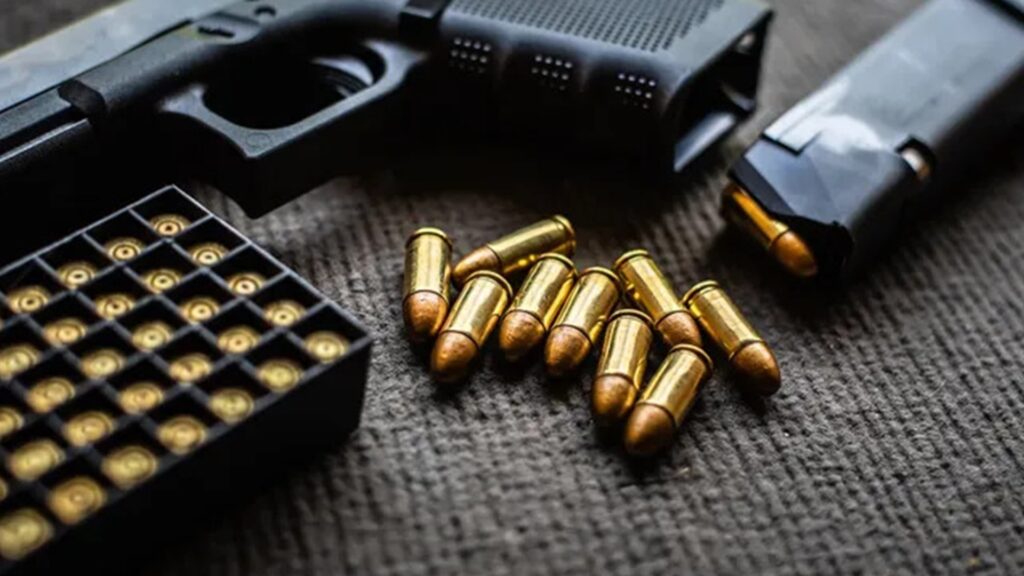Whether they are manufacturing it for their own use or to sell it commercially, ammunition manufacturers should be focused on producing high-quality rounds. While it is the consumer’s obligation to use the ammunition according to the manufacturer’s instructions, it is your duty as the maker to ensure that it is dependable, safe, and functioning.
Is It Secure?
No one should load unsafe ammunition for business or personal use. It is human inclination to recall the most dramatic incidents of ammo failure. We’ve all heard of incidents when weapons failed catastrophically due to a squib load or a hot load. It is not rare for the shooter to have significant injuries in these situations. When a weapon malfunctions due to a high-pressure incident, eyes and fingers are lost.
Commercial manufacturers devote an unusual amount of effort and money to ensuring the safety of their ammunition. They are deliberately seeking for 1 in a million type events and are constantly asking themselves,
Frequently Asked Questions
- “What if a consumer puts our ammo on the dashboard of their car in Texas in the middle of summer and then decides to load and shoot their gun?”
- “What if a client is hunting in Alaska in the dead of winter and forgets to take his ammo with him?”
- “What if our loading machine’s powder measurement is only accurate to +/-.5gr?” Will a.5gr overcharge result in a high pressure event?”
- “Would it be safe to shoot if the loading machine places a bullet.010′′ deeper than nominal?”
These and other concerns are so often asked that SAAMI has developed ammunition testing rules expressly for commercial producers. These instructions have not been made public.
Because testing ammunition is destructive, which means that the ammo is consumed and cannot be retested, any signals of danger are on the way. Leaking primers, blown primers, cracked cases, high velocity/pressure, failure to fire, hang-fires, low pressure/velocity, failure to cycle, and failure to feed are examples of these.
A corporation must spend at least $1.5 million dollars on recalls. Even if no harm has been done. Marketing, loss of customer confidence, and logistics can balloon these expenses into the millions of dollars.
A hazardous round does not have to fail spectacularly to harm a weapon. Rounds that repeatedly leak around the priming pocket degrade the bolt face, leaving a permanently engraved ring. A high-pressure cartridge can cause fatigue in the metal, resulting in tiny fractures that render the handgun unable to fire. This is especially risky if the firearm fails catastrophically at some point in the future, perhaps inflicting harm.
Accuracy and Precision
Accuracy is defined variably depending on the round’s final aim. “Does it feed in my firearm?” is an apparent example. “Is it correct?” “Is the bullet expanding?”
The requirements of the consumer dictate accuracy. As an individual loading for themself, this may be rather straightforward: “It must feed, shoot, and extract in my handgun.” This appears incredibly basic, but when I’m casting rounds to use as range fodder in my guns, this is pretty much it.
A manufacturer may believe that a round of ammunition is functional if it sells at a certain price and the buyer is satisfied enough to buy more. They could promote it as having hunting, self-defense, or target shooting capabilities. They invest a lot of money on marketing the ammo and improving its capabilities.
A round’s functionality extends beyond bullet selection. Distinct powders range in price and provide different qualities that affect how well the round functions. When comparing ammunition offered under luxury brands against inexpensive brands, different casings may be used. Primers are important in this because some primers increase muzzle flash, which may not be acceptable for your ammunition’s intended use.
Ammunition Reliability Against the Harsh Environments
Arguably, the consumer will evaluate your ammo based on its quality the most. Ammunition that is unreliable rather than ammunition that is dangerous to fire is more typical. Both may result in your going out of business, which would be the same outcome.
Consistency is a definition of reliability. Does it consistently fulfil its functional requirements? How routine? If ammunition routinely tosses a flyer every few rounds despite being marketed as a premium target cartridge, it won’t be thought to be very dependable.
If one or two of a box of 100 rounds fail to fire, customers are often not pleased. When they are on a once-in-a-lifetime guided hunt that costs $100,000 or more and the premium cartridge fails to fire, they are less understanding of malfunctioning ammunition. However, they may be more understanding if the ammunition is malfunctioning on the shooting range and was inexpensive.
EXAMPLES
Ammunition Testing for Self-Defense
A relatively recent bullet manufacturer created ammunition with a novel design. It looks nasty and is primarily promoted as a self-defense round. They made it in a variety of calibers and offered it as premium ammunition. The bullet of this ammo was its most distinguishing characteristic; it would dramatically expand and fracture in ballistic gelatin.
We got a sample of this ammo, then we tested it. Manufacturers frequently conduct internal competitive comparisons of their own products, which is what this is. When exposed to -20 Deg F for 24 hours, the bullet failed to escape the barrel on many instances.
At the time of our testing, this ammunition was available and probably being used in weapons. It was unsafe, in our opinion. Additionally, the bullet would not reliably expand or fracture when shot through various obstacles. failing the FBI protocol’s basic testing.
The market for this ammo is still open. It’s conceivable that the problems we saw at the time have been resolved.
Although the ammo had several outstanding attributes, it wasn’t a safe or trustworthy choice. It would probably score highly if quality were just determined by features, but since the stated qualities cannot be reliably delivered, the ammunition’s quality is questionable. A liability is also introducing the possibility of a bullet getting lodged in the barrel.
Limits of Long Range Precision
We were interested in evaluating the accuracy potential of a novel long range precision bullet. On our own loading equipment, we created this ammo for sale. This was not ammunition that was loaded on single stage presses with well calibrated charge weights.
We tested the ammunition’s velocity, pressure, and group size in an underground control lab. The ammo consistently shot tiny groups. At 300 yards, 1.2 to 1.4 inches in groups and 5 or more inches at 100 yards. This round was ideal for striking objectives.
If someone wanted to know how precise the ammunition was all they would have to look at was the possibility of getting a velocity that was higher or lower than the Average and to see what those extremes would do to group size over distance. Any differences in velocity results in vertical stringing on the target.
If you wanted to know how exact the ammo was, all you had to do was look at the probability of getting a velocity that was higher or lower than the Average and see what those extremes did to group size over distance. Any velocity discrepancies cause vertical stringing on the target.
Conclusion
Hopefully, this has given you some ideas about how to evaluate ammo quality. In the last example, we used some fundamental statistics. Because measuring every aspect of every round generated is unfeasible, I purposely included that example. This article provides a primer on how to think about quality. In subsequent posts, we will cover how to use tools like Excel to assess and regulate quality using Statistical Process Controls (SPC).



